The pink city was my third place to visit in India. You may not have heard anything about Jaipur from a Digital Nomad point of view. This was more of a side trip than a Travel & Work trip. India is full of wonders that maybe you can’t cover in a lifetime as a traveler. Even a dedicated traveler cannot cover most of the interesting regions in one, two or maybe three visits.
My point of visiting historic and culture intense cities like Jaipur isn’t to have a homebase as a digital nomad but to see the world through different eyes. A place like Jaipur can be a great side trip for you as a digital nomad with the goal of exploring new places and new cultures as a source of motivation, inspiration and openness to do more and achieve more.
A humble opinion
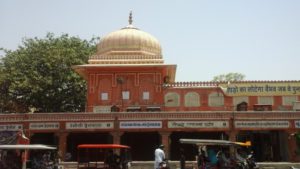
While the modern technology and the internet enabled us to travel and work at the same time from anywhere we want, visiting historic cities shows us how people lived and built civilization hundreds or maybe thousands of years ago. By observing how life was and what it is like now gives me some motivation that pushes me forward.
Getting to the old city
I stayed at Moustache hostel which was so spacious compared to the other hostels I stayed at in India. The breakfast was included so it saved a lot of time. One other hostel that I heard good recommendations about from other travelers was Zostel.
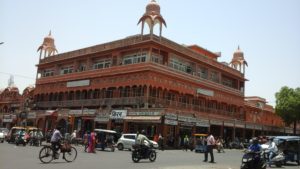
It was the morning after losing my way back to the hostel after midnight. I did my homework this time to not get lost again and downloaded the city map on Maps.me app which I replaced later by Google maps. To get to the old city, I preferred to take the metro. The metro was still in the early stages at this time with only 6 station operating but luckily there was a station near the hostel and another station near one of the old city’s gates. Of course, I was followed by countless tuk-tuk drivers but I decided to avoid the hassle of bargaining and continued walking straight to the metro station. I expected the Delhi metro card to work but I found out that each city has a metro card so I joined the short line to buy a ticket.
A walk inside the walls of an 18th century city
An old city, renovated and kept as how it was built. As soon as going through the gate, the city walls, the colors, the architecture and the old shops on both sides of each road with local working on crafts gives the feeling of of going through a time machine.
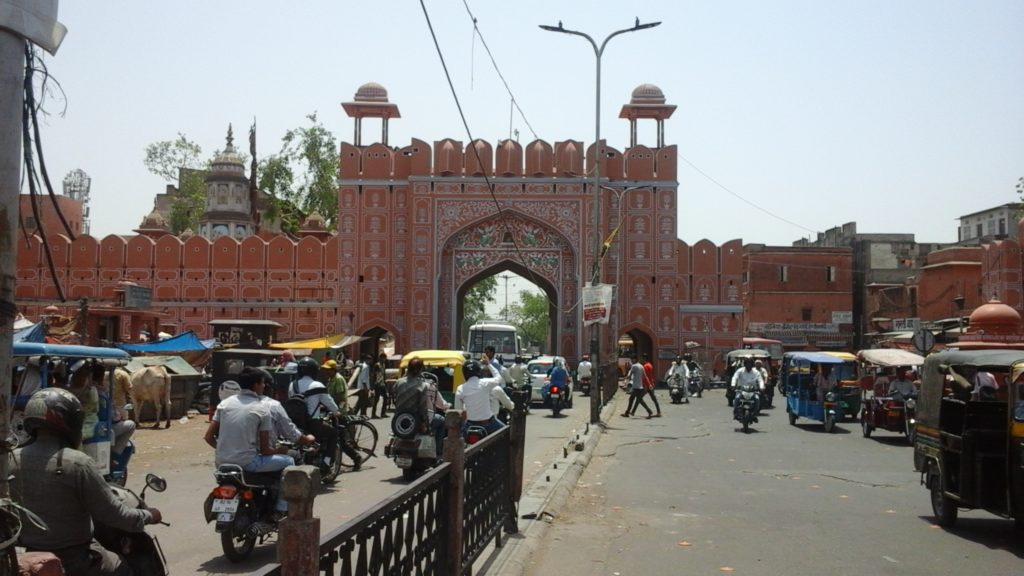
Jantar Mantar
A UNESCO world heritage site which was the most interesting and informative place that I have visited in Jaipur. It hosts many astronomical instruments which were used 300 years ago. Also the world’s largest stone sundial (A device used to calculate the time of the day).
The location includes 19 astronomical instruments used for different purposes including a few sundials to measure the time of the day with different accuracies, instruments to measure the longitude and latitude of stars and planets, an instrument to find the altitude of the sun and more. At the entrance, You will be met by a few guides who can provide information about the history and functions of place. I paid 200 rupees (around $2.7 at that time) to a guide who was so friendly and helpful explaining what each instrument was used for..
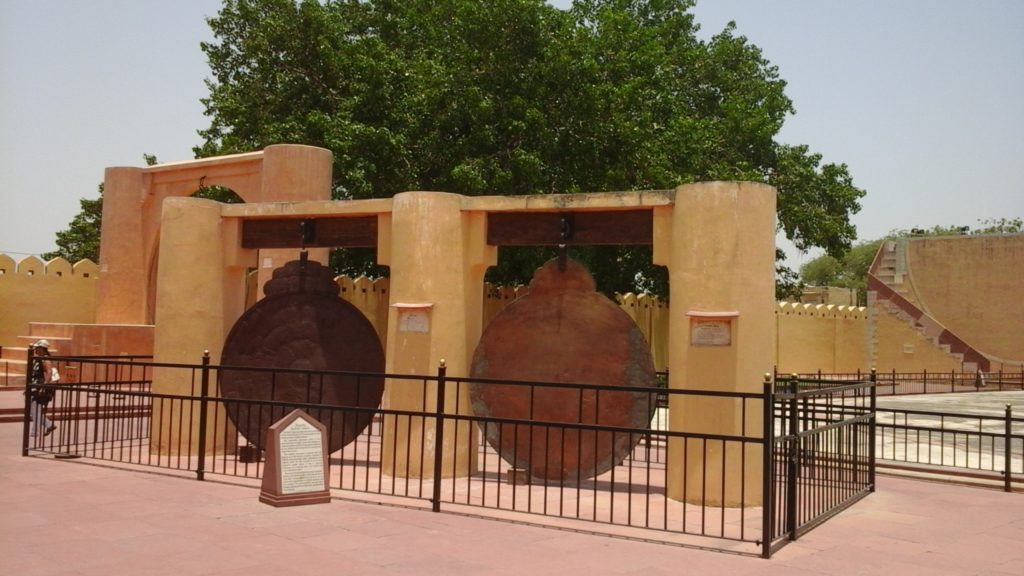
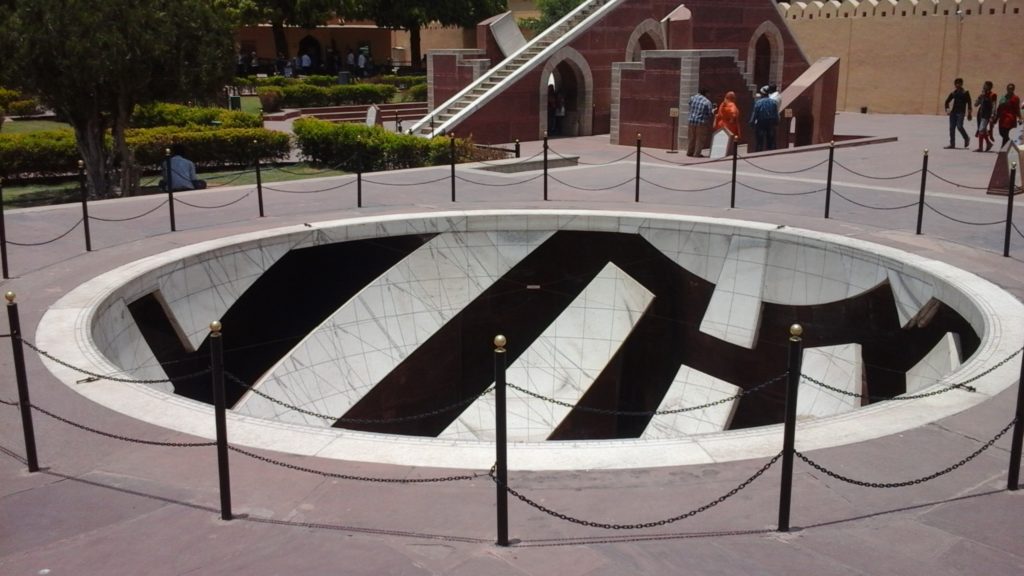
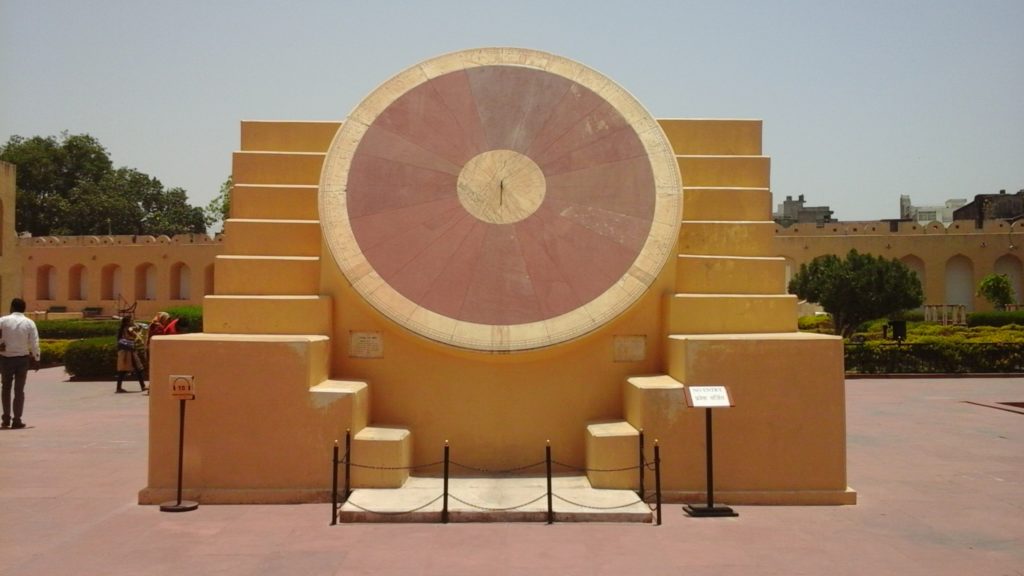

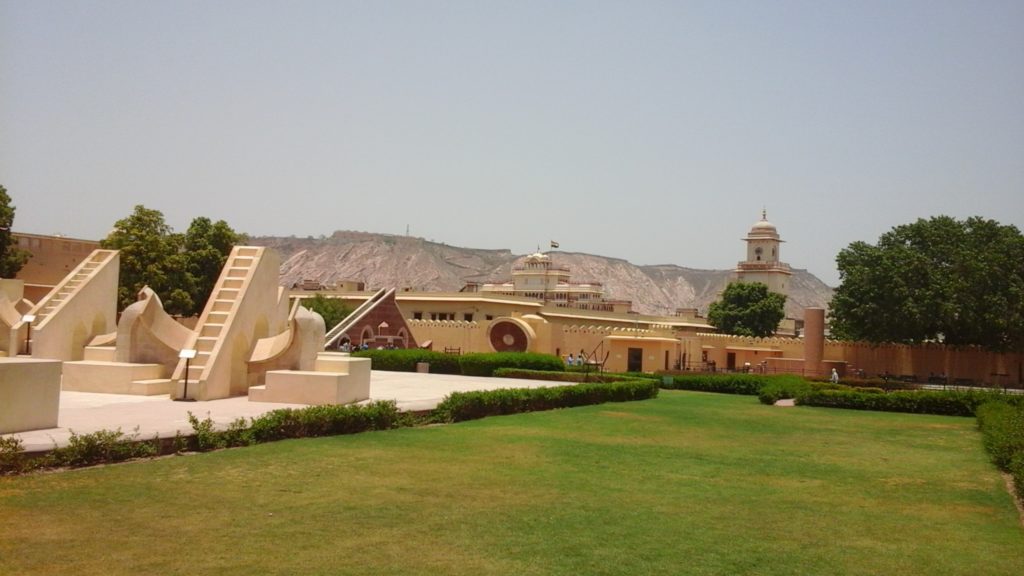
Hawa Mahal
Maybe the most iconic building of the city. It is the building that I have seen the most in the pictures and of course I wanted to be there in real life.
It is a five-floors building made by pink and red sandstones, built as an extension to Jaipur palace. The interior has a more pale pink or yellowish color with a mix of old Hindu & Islamic architecture. This explained the unique architecture of the building. Some of the windows are covered by colored glass which gives a colored reflection when the sunlight passes through it.
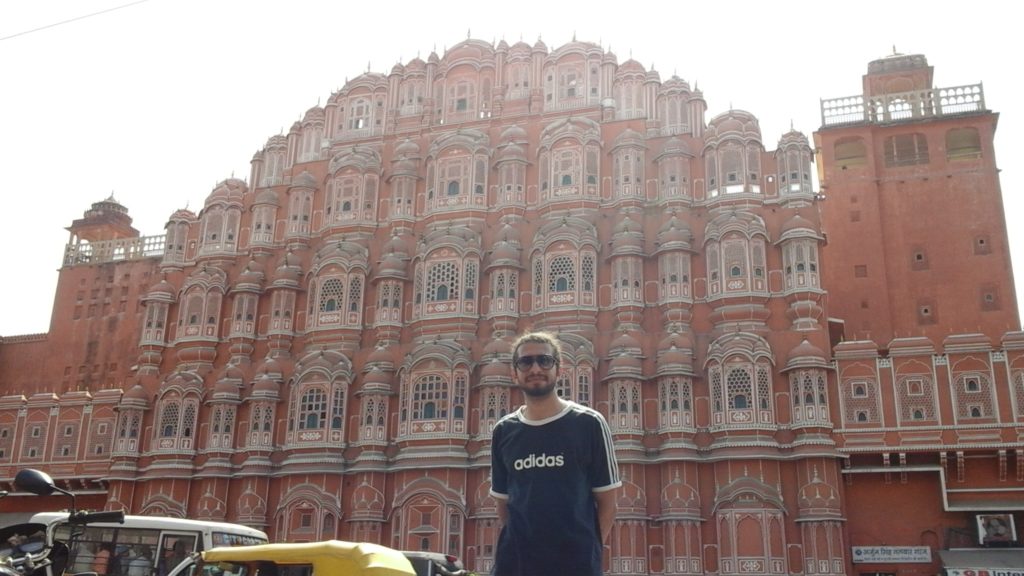
When I climbed to the highest accessible floor, I could see the old city & the mountains surrounding it from the front side. From the other side, I could see Jaipur palace & Jantar Mantar.
At the entrance, you can rent an electronic guide device with earphones which tells the history and function of each part of the building as you walk inside. This helped adding more enrichment to the experience.
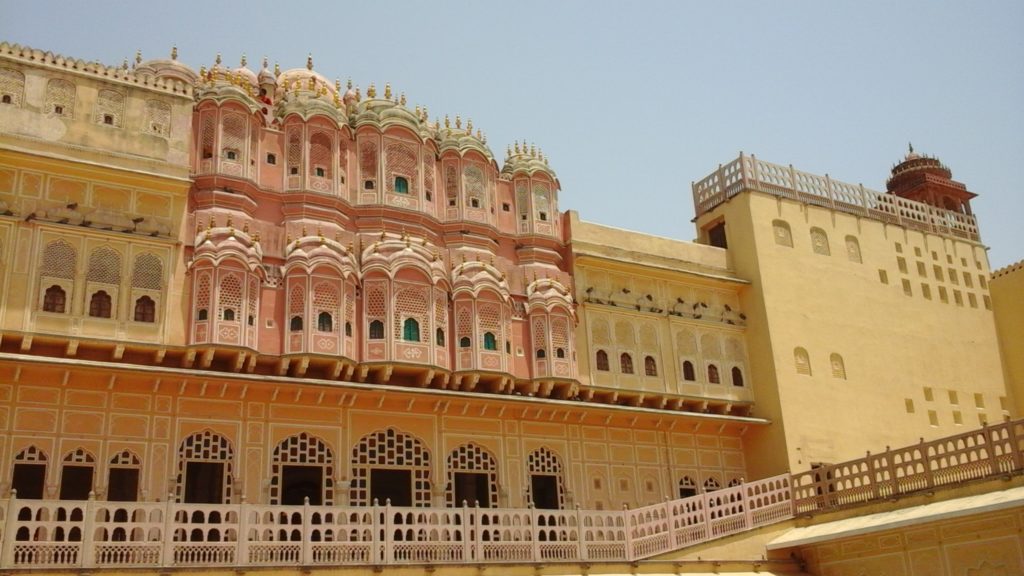
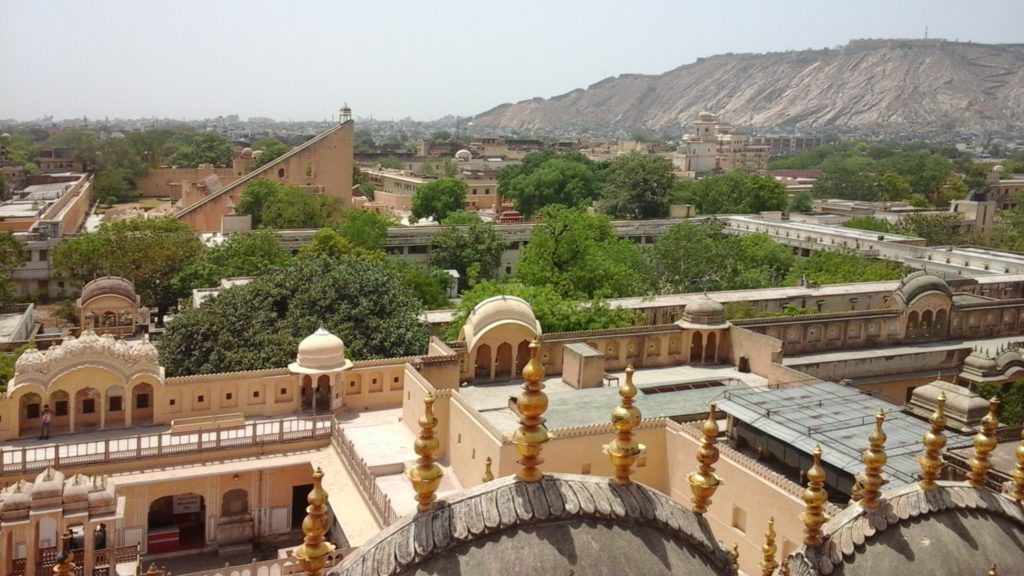
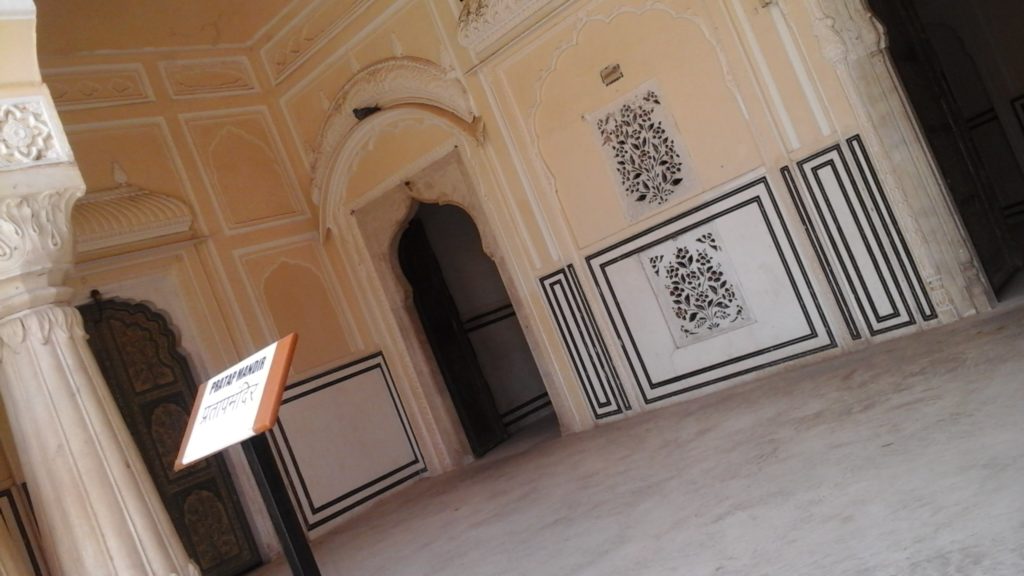
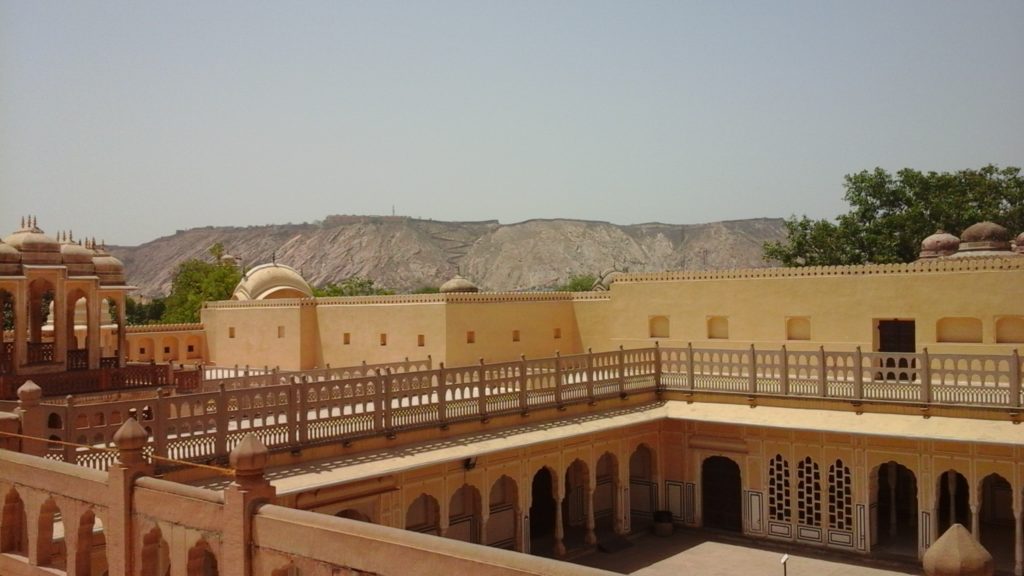
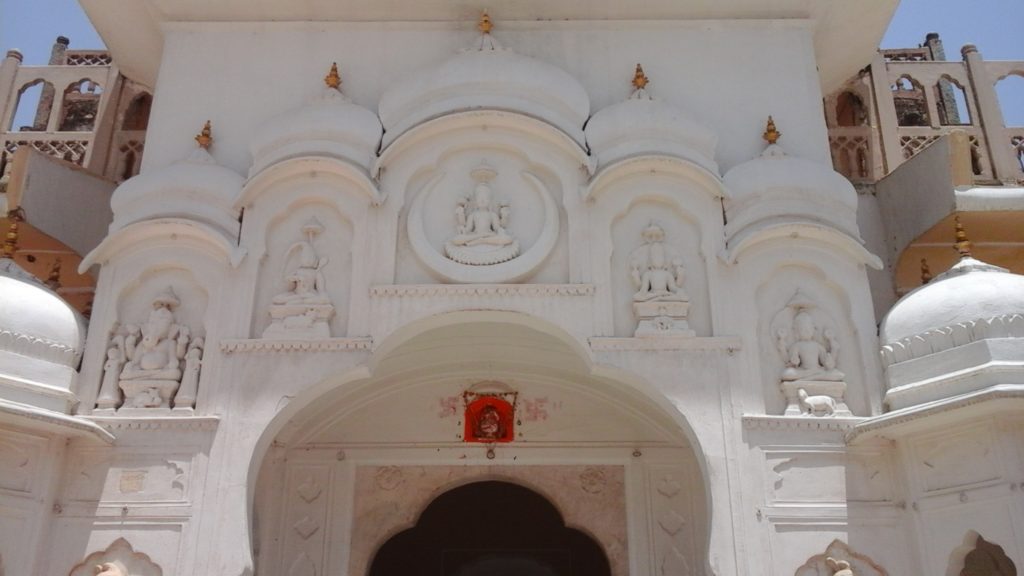
An unpleasant surprise
On the way back, I took a different direction to see more of the old city of Jaipur. By the metro, I found my way to the hostel easily this time. The surprise was when I looked in the mirror.
As soon as I looked in the mirror, I noticed something different. My face was obviously more tanned than how it was in the morning and I immediately started feeling itches in my shoulders and my back. However, I wasn’t bothered at all. It was worth it. Sunburns went away after an an uncomfortable week and the nice memories and pictures remained.
Get email updates with the latest tips, info, and destinations Guides!
Subscribe to NomadicMemoir’s mailing list, or you can follow us on Facebook, Twitter, and Instagram.








Leave a Reply